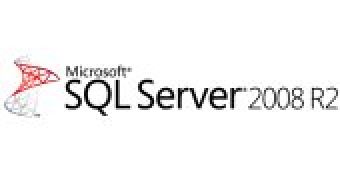A new e-book from Microsoft is currently available for download, designed to introduce the next generation of the company’s data platform to the world. Authored by Ross Mistry and Stacia Misner, ‘Introducing Microsoft SQL Server 2008 R2’ can be grabbed either in .XPS or in .PDF formats straight from the Redmond company. Customers dealing with Microsoft’s data platform and looking for a comprehensive overview of SQL Server 2008 R2 will be able to leverage the new resource starting immediately. In 216 pages and ten chapters, the ‘Introducing Microsoft SQL Server 2008 R2’ e-book focuses on both Database Administration and Business Intelligence Development for the successor of SQL Server 2008.
“Our purpose in Introducing Microsoft SQL Server 2008 R2 is to point out both the new and the improved in the latest version of SQL Server. Because this version is Release 2 (R2) of SQL Server 2008, you might think the changes are relatively minor—more than a service pack, but not enough to justify an entirely new version. However, as you read this book, we think you will find that there are a lot of exciting enhancements and new capabilities engineered into SQL Server 2008 R2 that will have a positive impact on your applications, ranging from improvements in operation to those in management. It is definitely not a minor release,” the introduction to the e-book reads.
It is important to note that the free e-book offers only an overview of SQL Server 2008 R2. Of course, no IT professional or developers would believe that Microsoft could cover all the nooks and crannies of the data platform in just a little over 200 pages of content. According to the Redmond company, IT pros, such as database administrators (DBAs), application developers, and even decision makers will find enough information in the resource to understand the capabilities of SQL Server 2008 R2. However, it would be best if customers were already familiar with SQL Server.
“SQL Server 2008 R2, like its predecessors, is more than a database engine. It is a collection of components that you can implement either separately or as a group to form a scalable data platform. In broad terms, this data platform consists of two types of components—those that help you manage data and those that help you deliver business intelligence (BI). Accordingly, we have divided this book into two parts to focus on the new capabilities for each of these areas. Part I, ‘Database Administration,’ is written with the DBA in mind and introduces readers to the numerous innovations in SQL Server 2008 R2. (…) In Part II, ‘Business Intelligence Development,’ readers discover components new to the SQL Server data platform, as well as significant enhancements to the reporting component,” another excerpt from the book reads.

 14 DAY TRIAL //
14 DAY TRIAL //